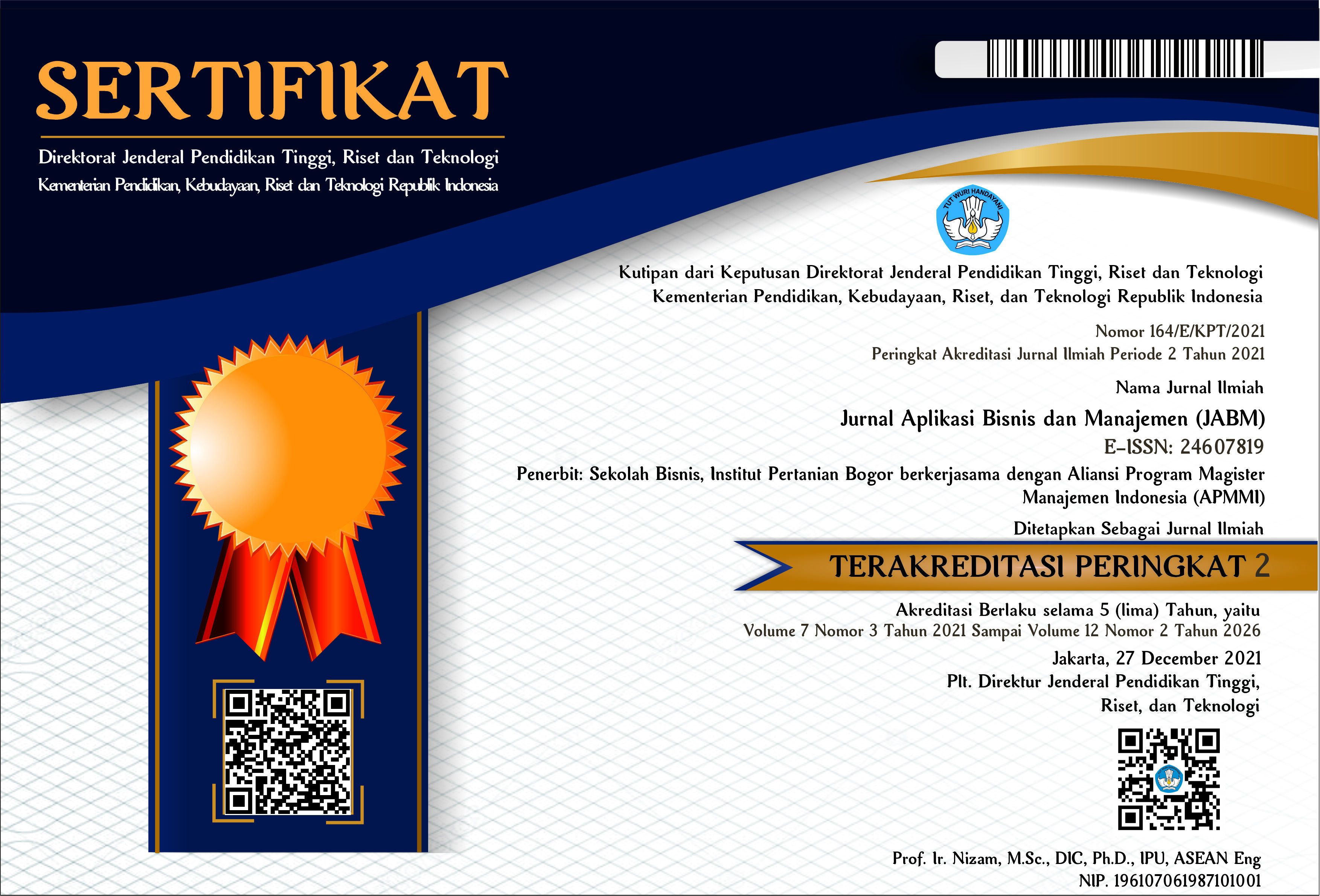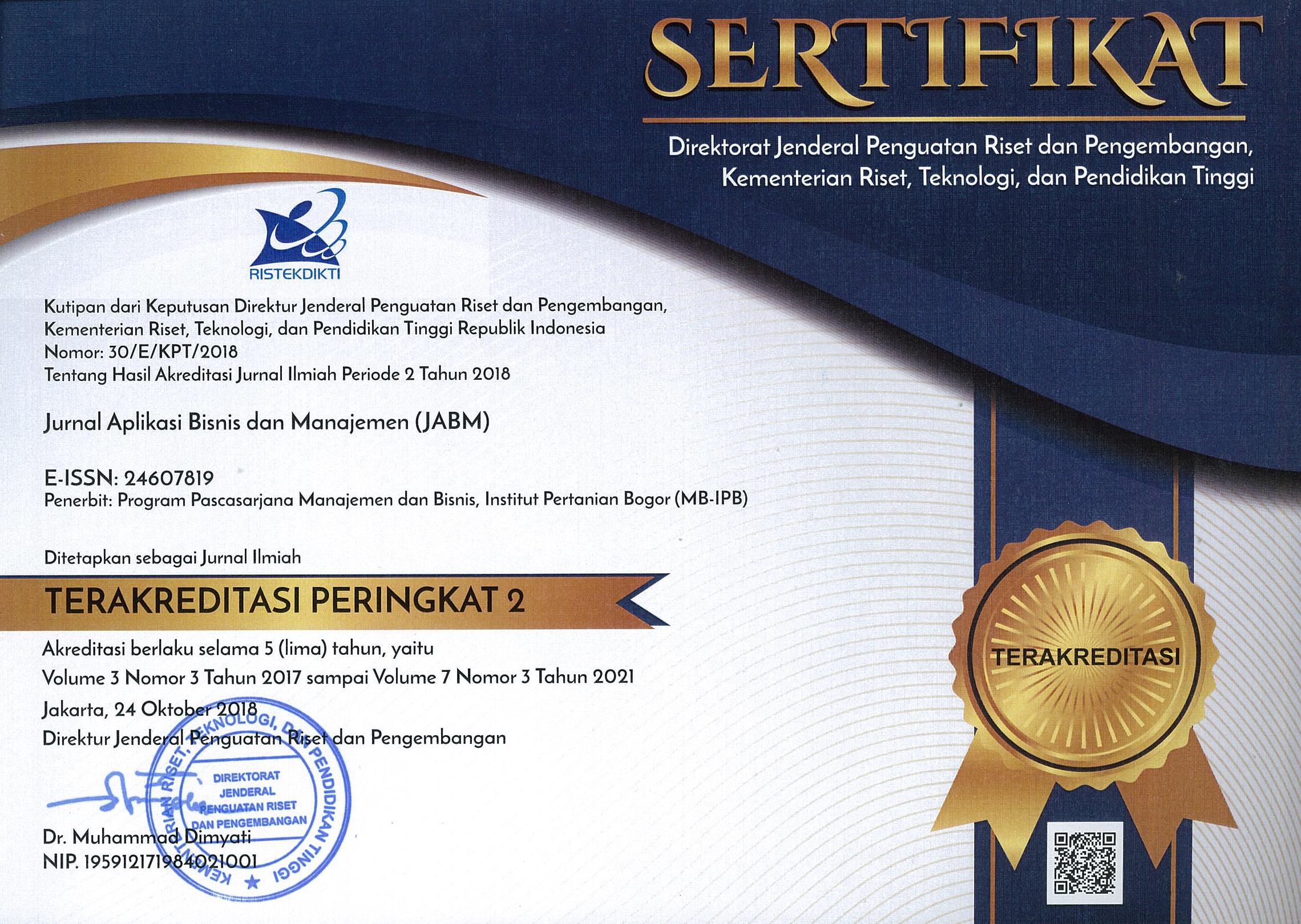STRATEGI PENGEMBANGAN PORTOFOLIO PRODUK DIVISI PENERBITAN BUKU-BUKU PERGURUAN TINGGI PT XYZ
Abstract
The study aims to help XYZ Company formulate development strategies on the portfolio of college book products. XYZ Company currently has four divisions, each targeting a different segment. To formulate a development strategy, this study used a portfolio of General Electric Matrix (GE) and Analysis of Product Life Cycle (PLC). GE Matrix results showed that the categories of the Islamic religion, economics and management, health sciences, social sciences and political education are in the first quadrant, i.e. the appeal in the industry is still high for these categories which were offset by high strength of the company's business. Categories of legal science and psychology are in quadrant II, i.e. the company has a high business strength, but the attractiveness of the industry for these categories is in medium level. The analysis result of PLC, i.e. the Islamic religion, economics and management, psychology, political science are in higher phase, legal studies in a growth phase, while the health and education sciences are in the lower phase. The formulation of strategies for the development of Islamic religion, economics and managements, social and politics is performed by using intensive growth strategy, the market growth strategy, market development strategy, and integrative strategies, legal science and psychology with intensive growth strategy, while health and education sciences with intensive and defensive strategies.Keywords: publishing company, the college book division, GE matrix, PLC analysis
Downloads
Download data is not yet available.
Published
2016-01-25
How to Cite
ZulhamO., DaryantoH. K., & DjoharS. (2016). STRATEGI PENGEMBANGAN PORTOFOLIO PRODUK DIVISI PENERBITAN BUKU-BUKU PERGURUAN TINGGI PT XYZ. Jurnal Aplikasi Bisnis Dan Manajemen (JABM), 2(1), 83. https://doi.org/10.17358/jabm.2.1.83
Section
Articles







